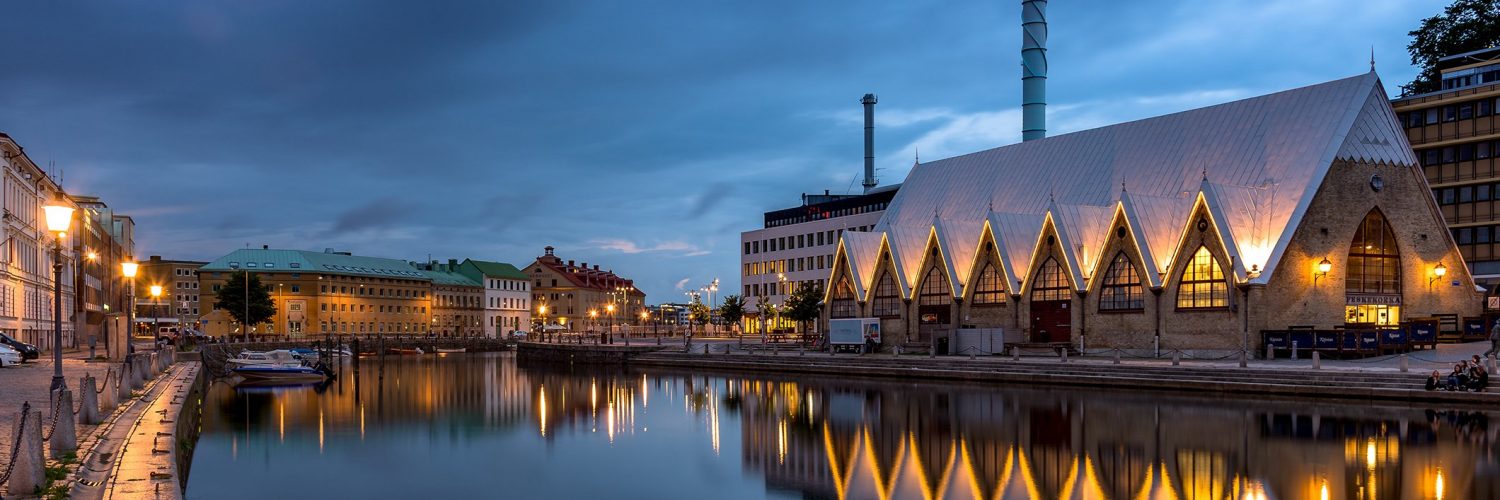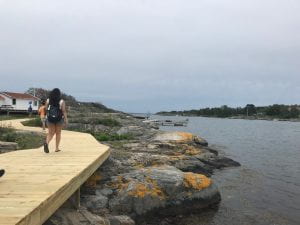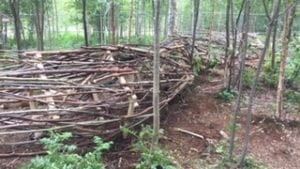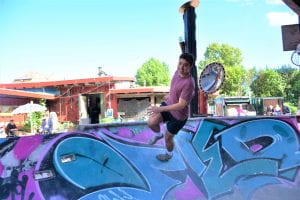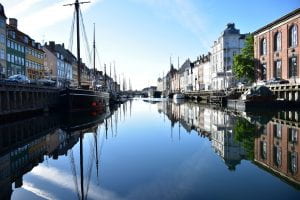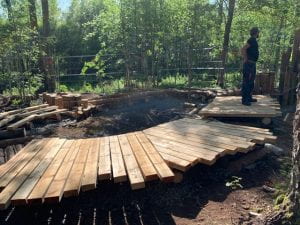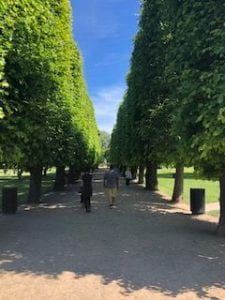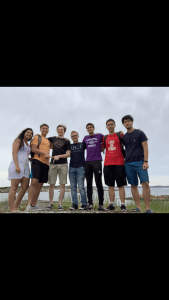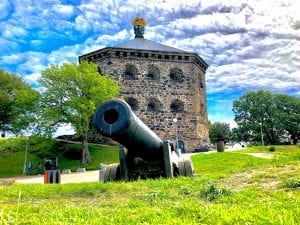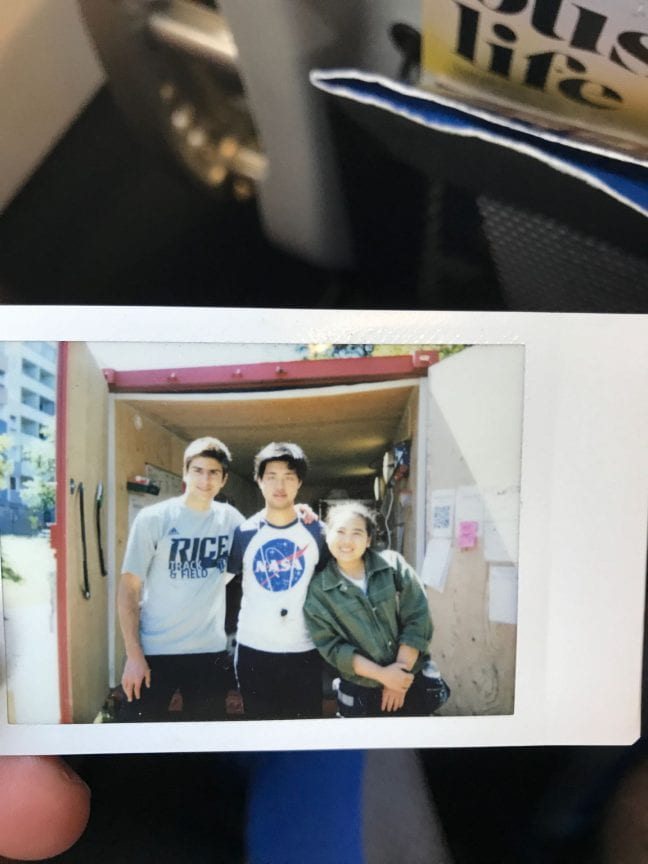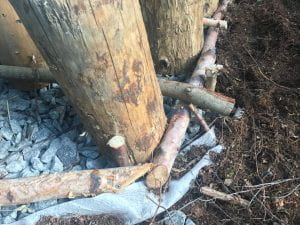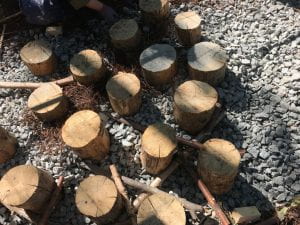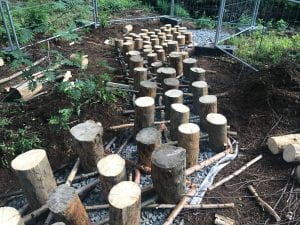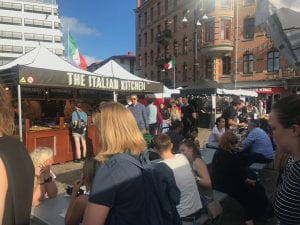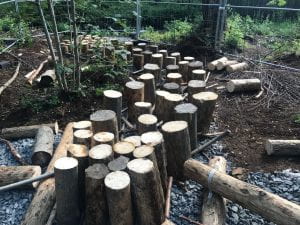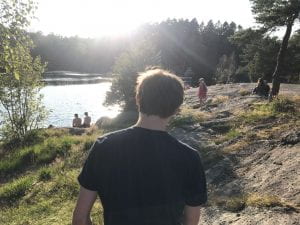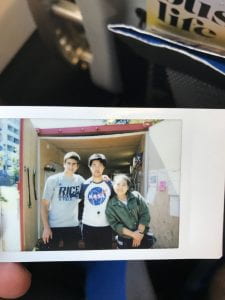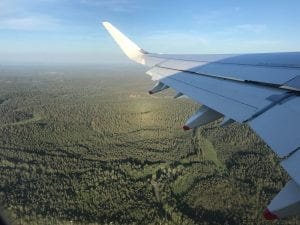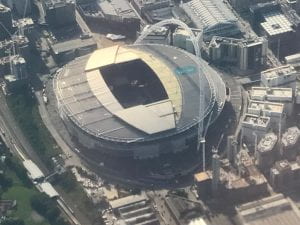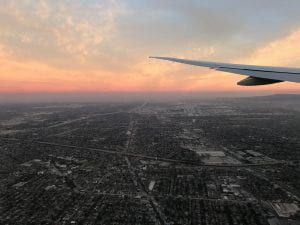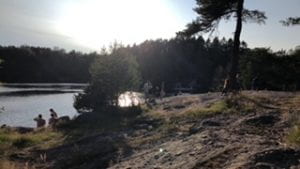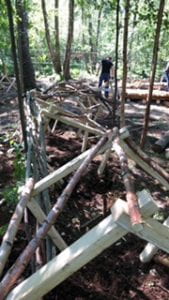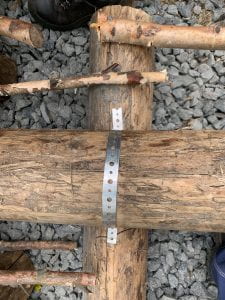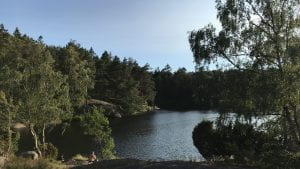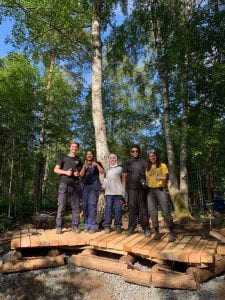This past month is something I will never forget. Experiencing a different culture, language, and learning style resonated within me. Going into the trip, I did not expect to do the things I did, meet the people I met, nor build something so meaningful to a community…and I am so happy for it.
I have worked my hardest this past month than I ever have before. It has been in an intensive, non stop manner. The course load was intense, with 9-10 hour workdays everyday. The work was demanding. It consisted of on the spot design and problem solving, construction work (moving gravel, cutting logs, digging holes, screwing and drilling) , plus extra night classes and final presentation preparations for the last week. Even though I would go back to the hostel exhausted from a hard days work, I knew that what I was doing was important. I knew that this outdoor classroom would be bigger than myself or my team, but that it would be used by children of the local school, children of the local housing, and maybe even children from all over Goteborg who want to check out this infamous park. Even more than this, I thought the work I was doing was fun. Taking a design problem, analyzing it, and finding a solution is so enjoyable to me, and I did that multiple times a day!
Culturally, I think I got a full experience of the summer life of Sweden. It entails A LOT of time outdoors soaking up the sun, swimming in almost freezing water, and taking FIKA. Let me explain just how much the Swedish…and I love fika breaks. For our project, the time to arrive was 8 AM. Almost all of the Swedish students did not show up on time, in fact for the first week they would show up 30 minutes late. Although they were tardy to begin the day, the second it was time for our scheduled fika break, they would stop work immediately, and go get some coffee. I thought this was comical, but honestly, if I spent a year or two here I would end up doing the same exact thing. I completely fell in love with fika breaks. Taking 15 minutes to get some coffee and talk with friends? Sounds like a dream come true. Fika was my favorite part of Swedish culture and I plan to bring them back to Rice with me. I really want to incorporate these 15 minute breaks into a study session, or who knows, maybe even class.
Overall, I would rate my study abroad experience a 8.5/10. The only downside I think of the whole experience was the fact that we did not have as much free time to explore the city during the week, and were sometimes too tired from the week to go out Saturday so we only had Sunday to experience Goteborg. But other than that, the courses, the people, the food, the drinks, everything was amazing. (actually except they do not have ice in Sweden for some reason). I would definitely do this journey again, and I thought having it for a month was a perfect time period. I can not wait to come back to Goteborg in a couple of years to see the park that I helped build and play on it myself.
I think there is one quote that really defines my experiences visiting Goteborg and traveling to the amusement park, the archipelago, Copenhagen, the forest site, and Chalmer’s University.
“Traveling-It Leaves You Speechless, Then Turns You Into A Story Teller” – Ibn Battuta
Thank you so much for following my journey through Sweden, this is my last blog post.
Christian Out.
